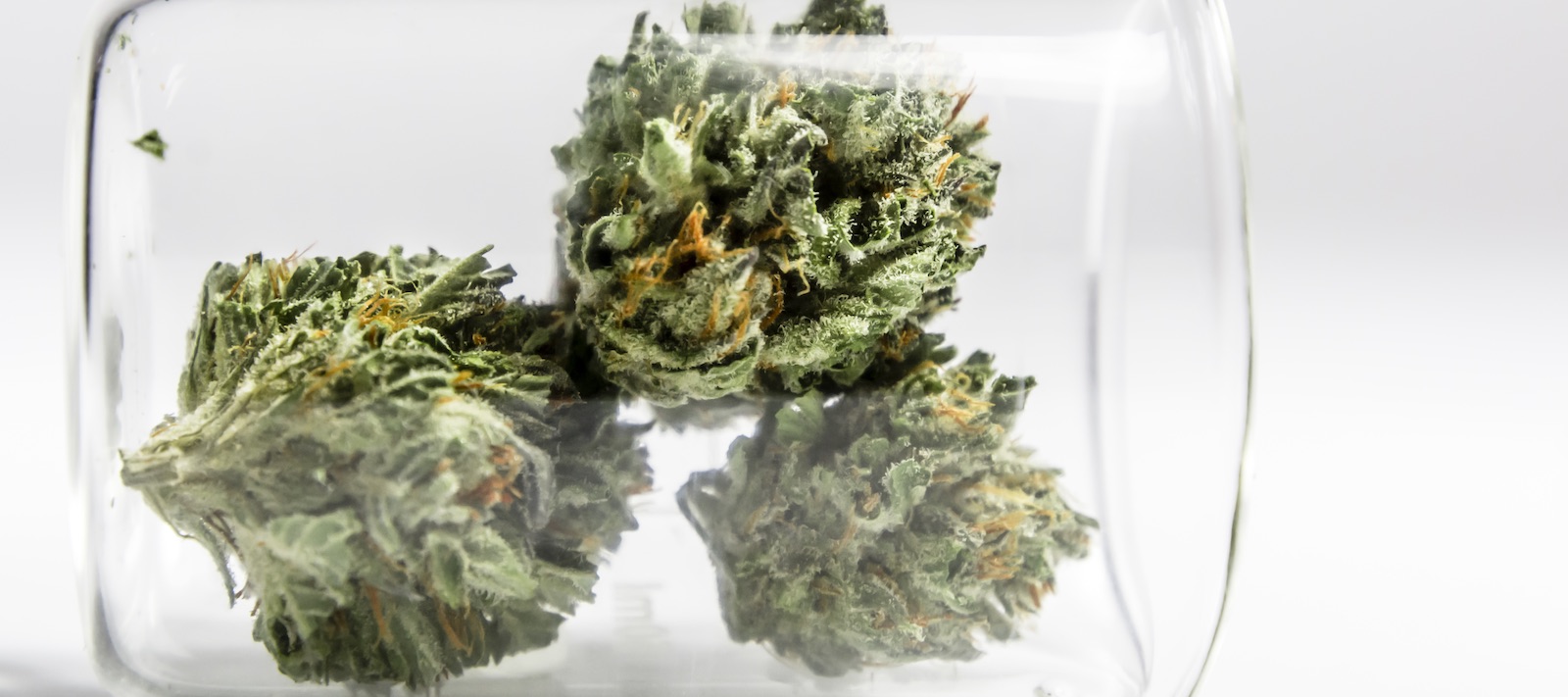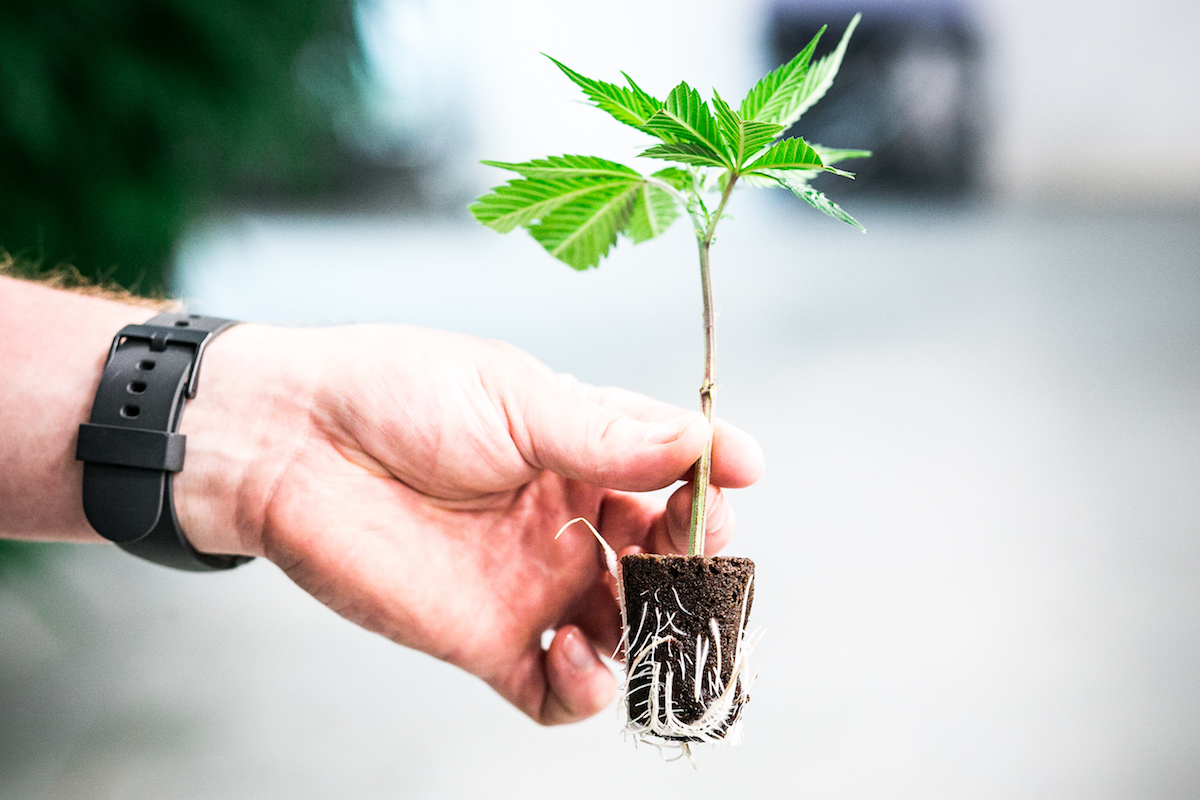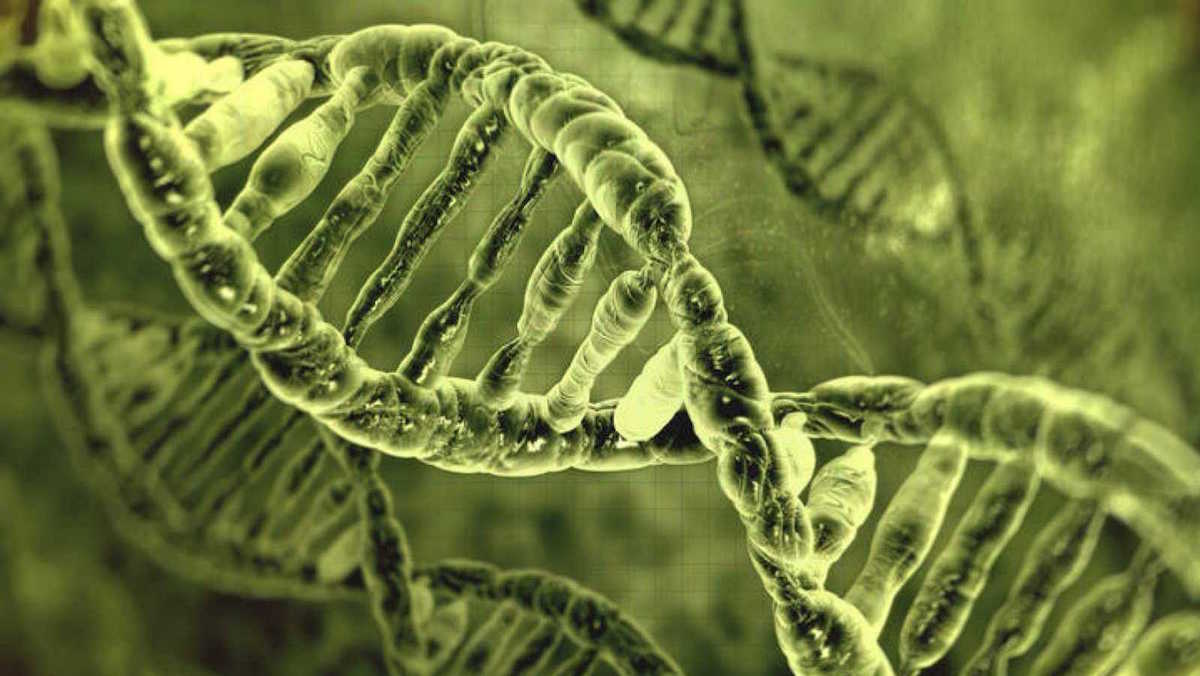- Several biotech companies are already working on what could be an innovation with the potential to transform the cannabis producing industry as we know it today.
- The method involves using the plant’s DNA to produce cannabinoids directly from yeast, without the need to grow the plants that produce them naturally.

Cannabis contains over a hundred chemical compounds known as fitocannabinoids. THC and CBD are probably the most well-known, but there are dozens of other cannabinoids with enormous potential, either medically or recreationally. These, however, are contained in such small amounts that are not profitable to extract, meaning that users interested in these rare compounds have to rely on the flowers or turn to other forms of consumption involving the entire plant.
Delta-8-THC, for instance, a little-known isomer of delta-9-THC - the most common cannabinoid in the cannabis plant - is rarely found in commercially available THC concentrates. Still the substance has more therapeutic benefits than delta-9 and is significantly less psychoactive.
According to research, delta-8-THC could trigger the death of cancerous cells and play a part in tumour reduction. Extract producers and plant growers, however, struggle to obtain enough delta-8-THC so as to bring it to market as vape cartridges, to give an example. But if the DNA of the plant that produces the substance naturally can be sequenced, then greater amounts of the specific cannabinoid could probably be produced genetically in a lab environment, which, in turn, could open the door to the development of a new cancer treatment based on cannabis.
Profitable for the cannabis industry
There are a number of advantages to producing cannabinoids directly from DNA, i.e. without growing plants, mainly because laboratory synthesis is not subject to climatic or growth conditions nor to regional variables, making the process more consistent and predictable, and thus, also more profitable. With oversupply squeezing producer margins and cultivation becoming an increasingly low paying sector, approaching cannabis technologically rather that agriculturally looks like the next natural step.

One of the companies that is already working on such an approach is Montreal-based Hyasynth Bio, which aims at putting cellular agriculture at the centre of medical cannabis product development. "In a few years, cellular agriculture will be much more efficient than growing plants," explains Kevin Chen, president of Hyasynth.
During the cellular agriculture process, cultivators take the DNA of a specific cannabinoid and recreate it in a bioreactor. At Hyasynth, for instance, the focus is on the recreation of CBDV, a cannabinoid used for treating epilepsy that traditional cultivation fails to produce in sufficient quantities to meet demand.
Cellular agriculture, however, could be the answer to the problem, as Hyasynth has found a way to add the chunk of DNA that codes for CBDV into yeast DNA, making the yeast a sort of CBDV production plant.
In beer production, yeast acts as a factory that turns sugar into alcohol. Drawing on this reasoning, Hyasynth aims at modifying the DNA of yeast (or of another microorganism) so that its enzymes can turn a sugar, vitamin, nitrogen and other compound "soups" into THC, CBD and other chemical products found in cannabis. The cannabinoids will be produced in massive metal barrels, like those seen in breweries, rather than in farms.
Genetically controlling the final product is advantageous in many ways, including the possibility to obtain the precise amounts of cannabinoids patients need, and this can in turn benefit the medical sector. The problem with traditional cultivation, says Chen, is that "we can't always depend on a plant strain that's going to grow exactly how you expect every time." Cellular agriculture, instead, reduces variability allowing for large-scale homogeneity in the products.
Cannabinoids will be produced in massive metal barrels, like those seen in breweries, rather than in farms.
The process allows also for greater purity during cannabinoid production, which is in the interest of pharmaceutical companies. Applied to the meat industry, cellular production would allow to eliminate any traces of chemical substances from cattle antibiotics, and something similar applies to cannabinoids, which would be free from pesticides and other risks associated to traditional cultivation. A further advantage of cellular production is that it uses less resources like soil and water, which in the case of CBDV are needed in abundance for producing very little amounts of the cannabinoid.
The full map of the cannabis genome
Contrary to other plant species, the complete cannabis genome has been mapped only recently, hindering research on the topic. A recent scientific milestone, however, has marked a turning point in the field of science and in the cannabis industry in general.
Approaching cannabis technologically rather that agriculturally looks like the next natural step.
As announced earlier this year during the Plant and Animal Genome Conference in San Diego, the U.S. company Sunrise Genetics has published the full genome map of the cannabis plant for the first time. Consisting of ten basic DNA chains, the company has developed high-resolution sequencing techniques that allow to observe how genes are distributed.
Now that the secrets of cannabis DNA have been unravelled, companies in the industry will be able to study the function of the different parts of the plant and its compounds - science has identified about 500, including THC and CBD - as well as their effects on the human body, facilitating strain analysis and increasing the effectiveness and speed of the cultivation and selection processes.
But however beneficial this may be for producers, researchers and consumers, there have been warnings that having access to the genetic map of cannabis could result in companies in the agricultural and pharmaceutical sector trying to get exclusivity over certain strains by patenting their gene sequence, as has been the case with other plant species like corn, wheat and tobacco. And this would be to the detriment of small producers.
But over and above any complications, having access to a full cannabis genome map is necessary not only so that producers know what they are selling and customers know what they are purchasing, but also so that there is better understanding of the many medicinal benefits of the cannabis plant.




Comments from our readers
Did you like this post?
Your opinion about our seeds is very important to us and can help other users a lot (your email address won't be made public).